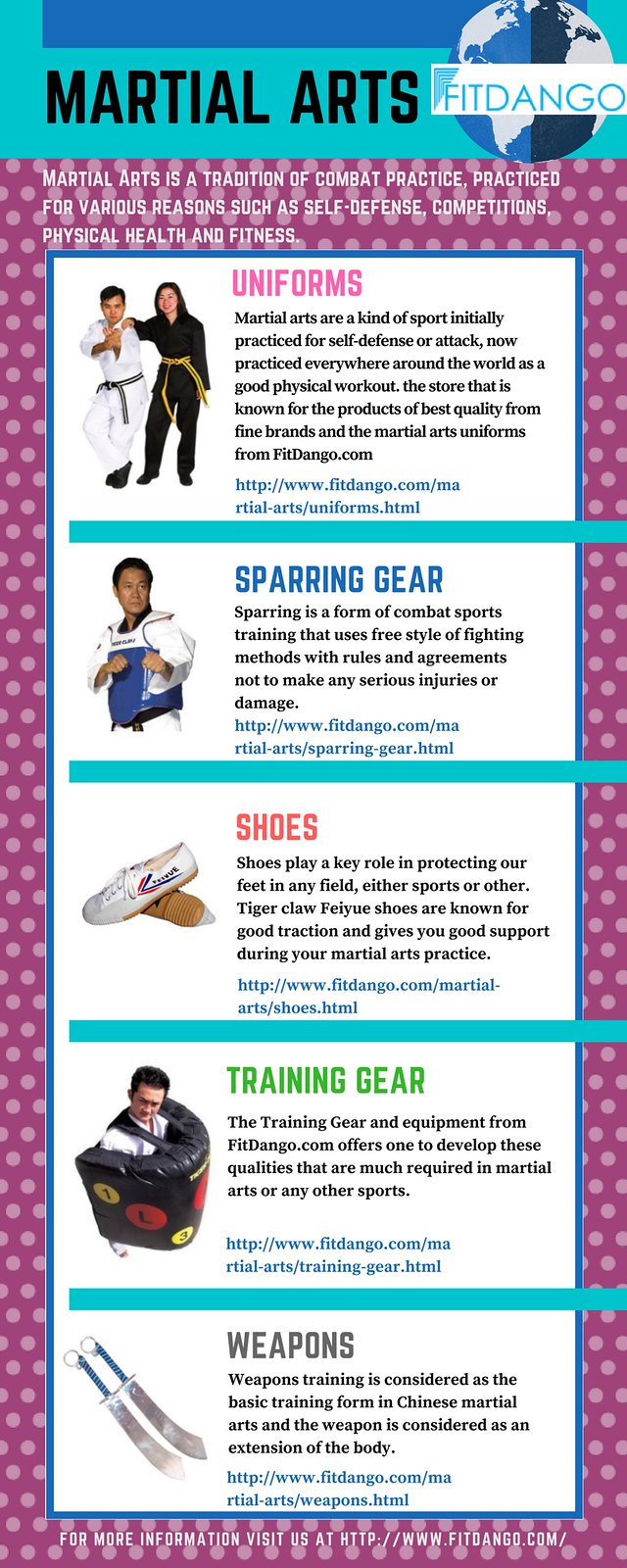The Global Trip And Advancement Of Martial Arts Throughout History
The Global Trip And Advancement Of Martial Arts Throughout History
Blog Article
Write-Up Created By-Mortensen Fallon
Martial arts have a fascinating history that spans centuries and continents. You may discover it interesting just how ancient practices like Shuai Jiao and Kalaripayattu laid the groundwork for modern combat techniques. These self-controls not only stress physical skills yet additionally mirror the societies that birthed them. As Click In this article explore their development, think about just how globalization has transformed these conventional forms into hybrid styles. What influences do you assume have formed today's martial arts landscape?
Ancient Martial arts: The Structures of Combat
As you look into the world of ancient martial arts, you'll discover the abundant structures that formed fight methods throughout societies. Early methods concentrated on Self-Defense and survival, typically including strikes, hurting, and weaponry.
In ancient China, for example, techniques like Shuai Jiao highlighted tosses and joint locks, while India's Kalaripayattu showcased agility and liquid motion. Japanese samurai created Kenjutsu, a polished swordsmanship that highlighted discipline and strategy.
These martial arts offered not just for battle however also as a way of personal development, instilling values like respect and determination. The blending of these strategies with time prepared for the diverse martial arts you see today, each showing the unique philosophies and requirements of its culture.
The Cultural Impact on Martial Arts Growth
While martial arts frequently show the sensible requirements of a culture, they likewise embody the cultural values and ideas of their beginnings. When you check out various martial arts, you'll notice just how they're affected by religious beliefs, approach, and social standards.
As an example, the emphasis on regard and discipline in Japanese martial arts stems from Zen Buddhism and samurai society. In contrast, Brazilian Jiu-Jitsu promotes flexibility and strategy, shaped by the need for effectiveness in a diverse, multicultural setting.
just click the next website might find that the rituals, uniforms, and training techniques mirror an area's background and identity. By understanding these cultural influences, you strengthen your recognition of martial arts and their role in shaping human experiences around the world.
Modern Adaptations and the Globalization of Martial arts
Martial arts have transformed dramatically in current years, adjusting to contemporary culture and global influences. You'll see that standard kinds have blended with modern-day strategies, producing hybrid styles like MMA. These adaptations cater to varied audiences, making martial arts easily accessible and enticing worldwide.
With the surge of social media sites and digital systems, you can discover tutorials and competitors from all corners of the globe, breaking geographical obstacles. This globalization has resulted in a shared admiration for different techniques, from Brazilian Jiu-Jitsu to Taekwondo.
As you engage with these arts, you'll realize they're not practically fight; they advertise health and fitness, self-control, and mental well-being.
Ultimately, modern-day adjustments have improved the martial arts landscape, making it a vibrant and developing practice.
Conclusion
In checking out the background and advancement of martial arts, you reveal a fascinating mix of strategies, cultures, and philosophies. From old self-controls like Shuai Jiao and Kalaripayattu to the modern-day adaptability seen in mixed martial arts, martial arts reflect humankind's quest for Self-Defense and personal growth. As what does martial arts mean engage with these techniques, you not only acquire abilities yet also a much deeper gratitude for the diverse practices that form our world today. So, proceed your trip and embrace the art of battle!
